Mechanism of Absorption of Elements
Roots absorb water in the region where root hairs are present. Root hairs are tubular in structure that outgrowth of a root region which passes into soil interfaces for absorption water from the soil. Root hairs developed in the region of the root maturation and this area is not permanent as the root Hair Zone moves forward along with the growth of the entire part of root. Root hairs sometimes involved in broken during transplantation.
For demonstrating the passage of absorb water from root to the aerial parts of the plant there are three main theories for this transport.
Vital force theory in which it believes that living cells are involved in the ascent of sap and the innermost cortical cells found water into the interior that contains xylem channels.
Next root pressure theory in 1960, Where water rises rapidly in the xylem due to a positive pressure development in the root and this root pressure has been reported in many cases but it is absent in some season.
Physical force theories in 1863, 1869 - said that can rise up was even in the absence of living cells physical phenomena where thought to operate in the ascent of SAP due to capillary imbibition atmospheric pressure and Cohesion tension.
In in 1912 and 1915 Raina first established the two methods of water absorption one is active and another one is passive.
Absorption can be of two types that is active water absorption and passive water absorption.
Active water Absorption - Active absorption is a process where there is involvement of utilisation of energy due to use of pump. The force for this type of water absorption resides in the root as active water absorption requires energy for different purposes. The purposes are-
* Direct absorption and pumping activity of cells due to non osmotic active water absorption.
* Maintenance of bioelectric potential in the root cells as electroosmotic active water is absorbed.
* Maintenance of high salt content in xylem channels occurs due to osmotic active water absorption which was explained by Atkins in 1916.
* Active water absorption is manifested by the action of root pressure which was explained in 1727 by Stephen Hales. According to the explanation a positive pressure which is found in the self contained in the xylem channels of the root in certain plants and in certain Seasons probably due to active water absorption.
* This shows are the turgidity which being maximum in early morning as root pressure is exhibited by the acceleration of sap if the stem is cut.
Instrument uses for pressure measurement- manometer is the instrument which used for the measurement of pressure.
Passive Water Absorption - passive water absorption is the common method of water absorption where almost 96 percent of the total water absorption takes place. Here the driving force for passive water absorption developed in the aerial parts through transpiration which produces a negative pressure or tension due to low water potential in xylem channels. Rate of water absorption is closely follows the rate of transpiration according to Kramer. Hair styles of root function as tiny osmotic system as they have a DPD of 3 to 8 bar where is water potential is – 3 to - 8 bar. DPD of soil water is. 1 to .3 bars. Water that observed by the root hair cells from soil this causes a decrease in their DPD as well as increasing water potential as compared to adjust in cortical cells. As a result of which cortical cells absorb water from root hair cells which then intern lose water to inner cortical cells the letter to endodermal pericycle and xylem parenchyma cells. Xylem channels have the maximum DPD or lower water potential. Therefore water that passes into them and in this way what a travels from soil to xylem along the gradient of DPD or suction pressure or water potential.
Factors Affecting Water Absorption - There are some external and internal factors that affect water absorption.
External Factors - External factors are also called environmental factors they are -
* Availability of soil water which is optimum at field capacity as water absorption decreases above it. This begin to decline and stop at pwp.
* DPD of soil water also effects the water absorption as we know that normal bpd of soil water is 0.1 to 0.3 atmospheric pressure. Above 1 atmospheric pressure the rate of water absorption begins to decline and therefore atmospheric pressure water absorption Falls below requirement. In case of halophytes exceptional are observed.
* Soil here is another external factor where oxygen content of soil layer is generally less than that of atmosphere while carbon dioxide content is higher. Rate of water absorption begins to decline below 15% Oxygen and more than 1% carbon dioxide.
* Transpiration creates a force of passive absorption of water which is very high when transpiration rate is low, England win transpiration is very high the rate of water absorption declined due to development of roots oil resistance and contraction of root.
* Soil temperature is another environmental factors who's optimum level for water absorption is 15 degree centigrade to 25 degree centigrade. Increasing soil temperature made decrease water absorption automatically lower temperature reduces water absorption.
Internal Factors - There are some internal factors which are also called plant factors. They are –
* Extent of root system is a factor where amount of water absorption is directly dependent on the extensiveness of the root system especially the number of rootlets and their root hairs.
* Growth effects the metabolism of root which have effect in the water absorption as root hairs have a short life span and continued the absorption according to the growth of root branches and formation of new root hairs.
* Depth of root system effect water absorption as deeper roots are less efficient than the upper ones.
* Water absorbed by root hairs have to travel a long way to root interior and from there it rises upwardly. Resistance have a special effect on this as the rate of this transfer is inversely related to the degree of internal resistance.
From Mechanism of Absorption of Elements to HOME PAGE
Recent Articles
-
What Is Plasma? | Blood Plasma | Proteins | Nutrients | Cholesterol
Nov 07, 25 10:29 AM
Blood is a mobile fluid which is a connective tissue and is derived from the mesoderm like cell any other connective tissue. Colour of blood is reddish and that flows inside the blood vessels by means… -
Disorders of Respiratory System | Tuberculosis | Pleurisy | Emphysema
Oct 28, 25 11:39 PM
Tuberculosis is very common disease and is caused by a type of bacteria called Mycobacterium tuberculosis. This disease causes different trouble in the respiration and infection of several parts of th… -
Regulation of Respiration | Respiratory Centres | Inspiratory Area |
Oct 14, 25 12:13 AM
Respiratory Centre is the area that controls the rate of respiration and it is observed to be located in medulla oblongata and pons. Respiratory Centre has the following will dispersed components like… -
Explain Transport of Gases | External Respiration | Tissue Respiration
Oct 09, 25 11:35 PM
In humans gaseous exchange is completed in the following ways the steps are - External Respiration or Breathing - Breathing in false taking in of Oxygen and giving out of carbon dioxide in the body. M… -
Kind and Number of Teeth | Location of Teeth in Mouth | Care of Teeth
Sep 11, 25 12:52 AM
Kind and Number of Teeth
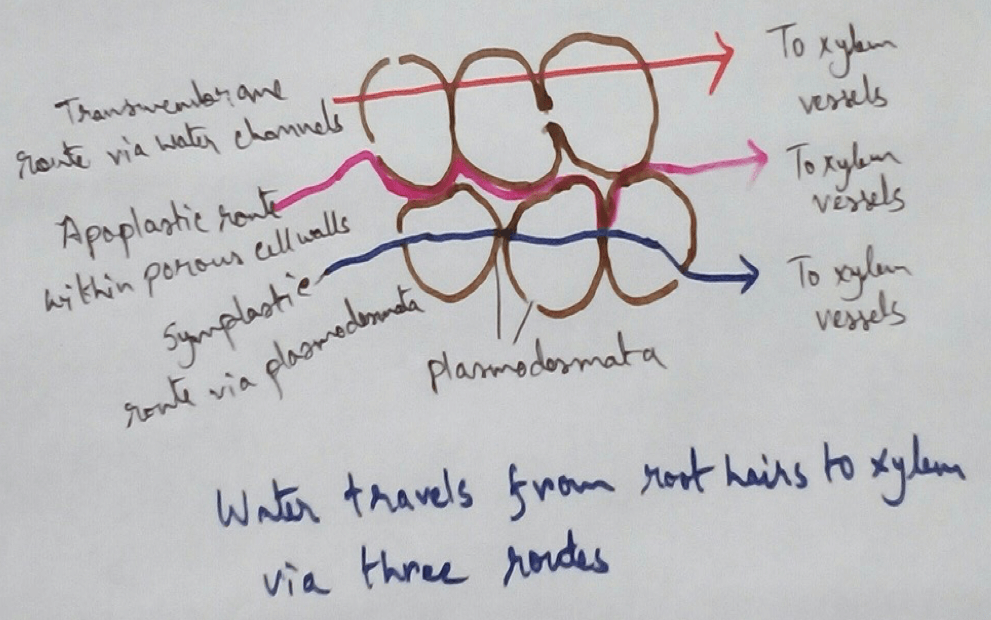
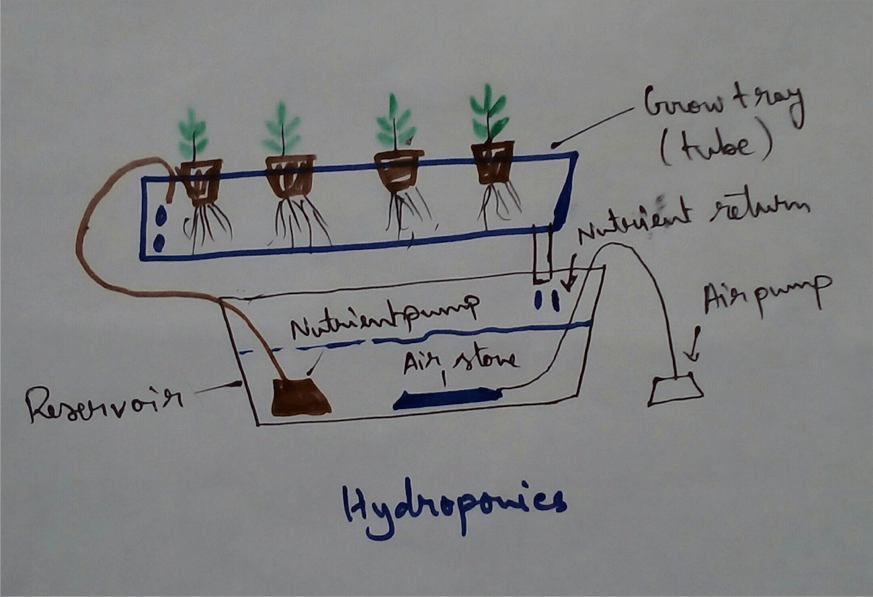

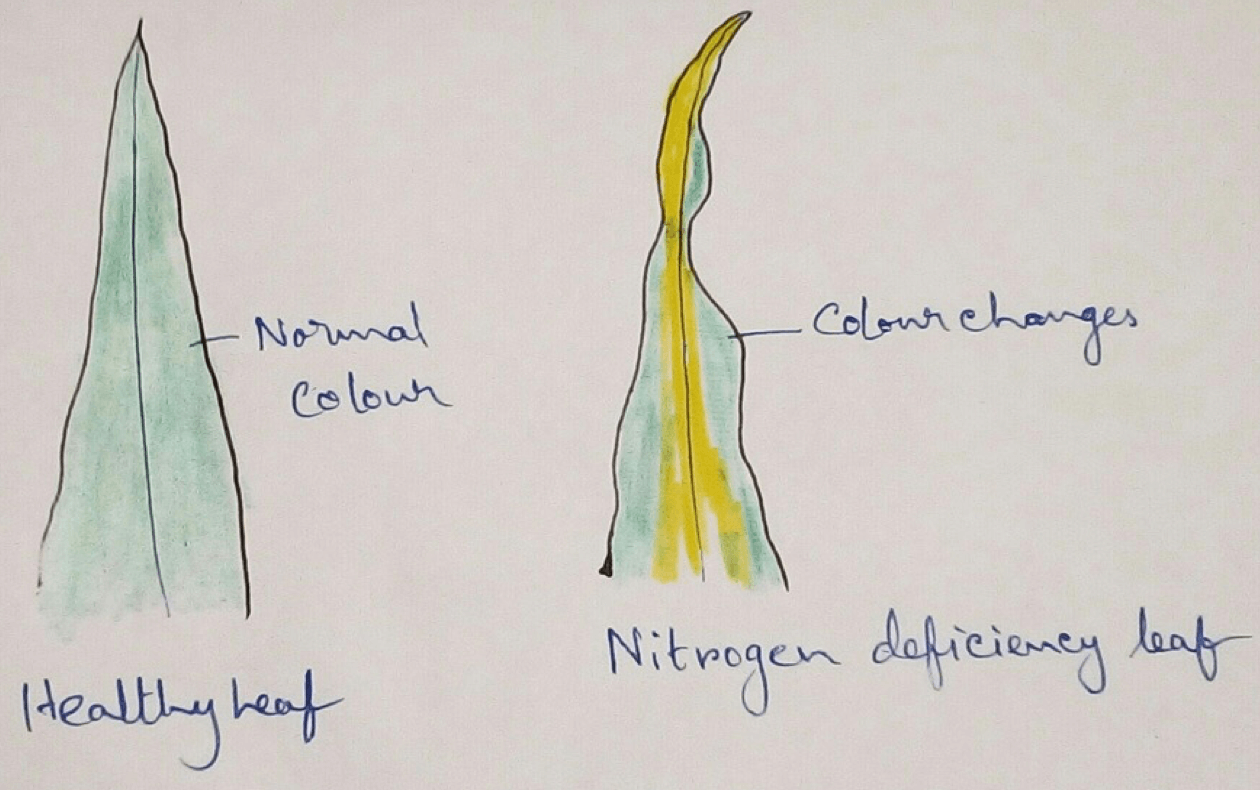
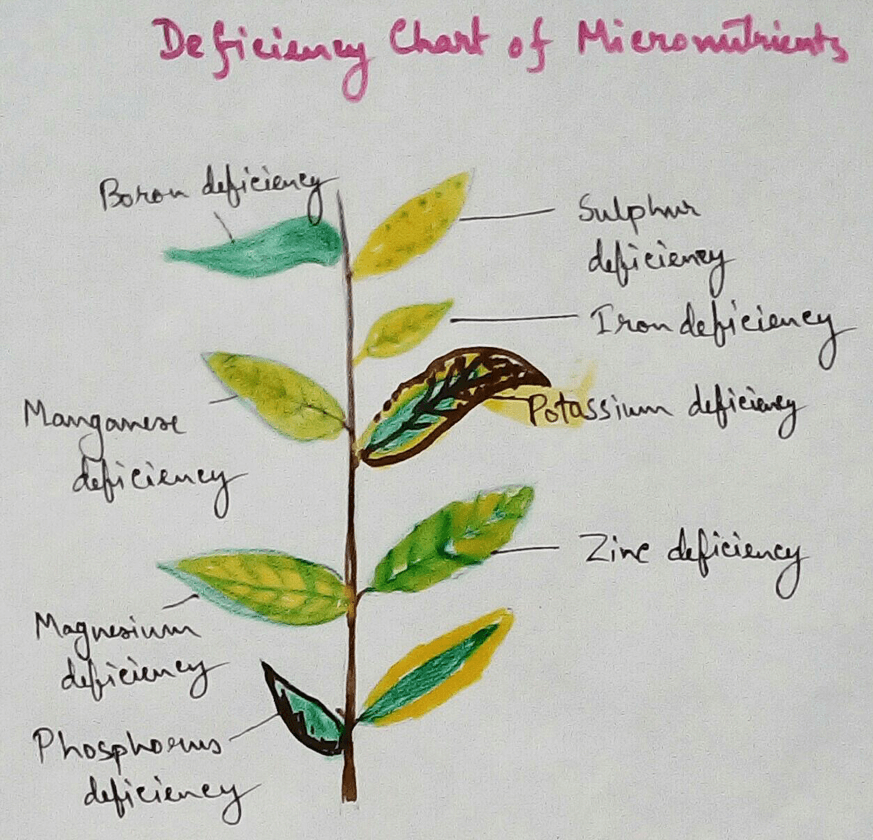
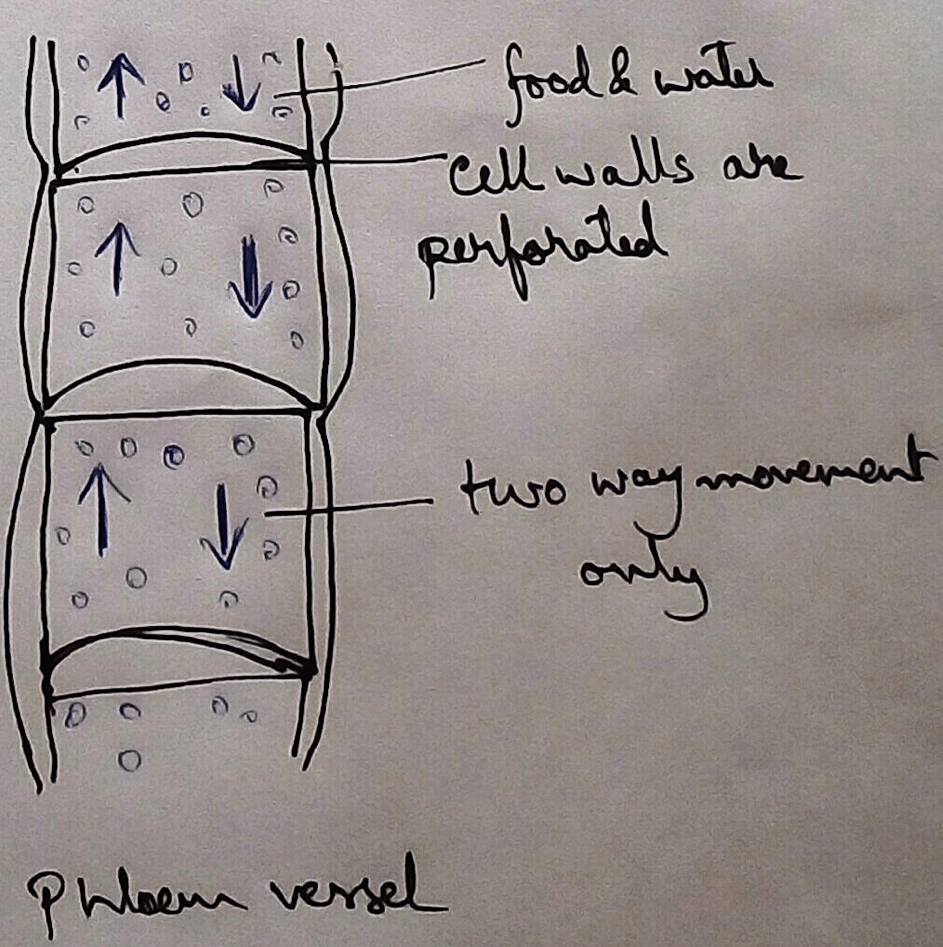
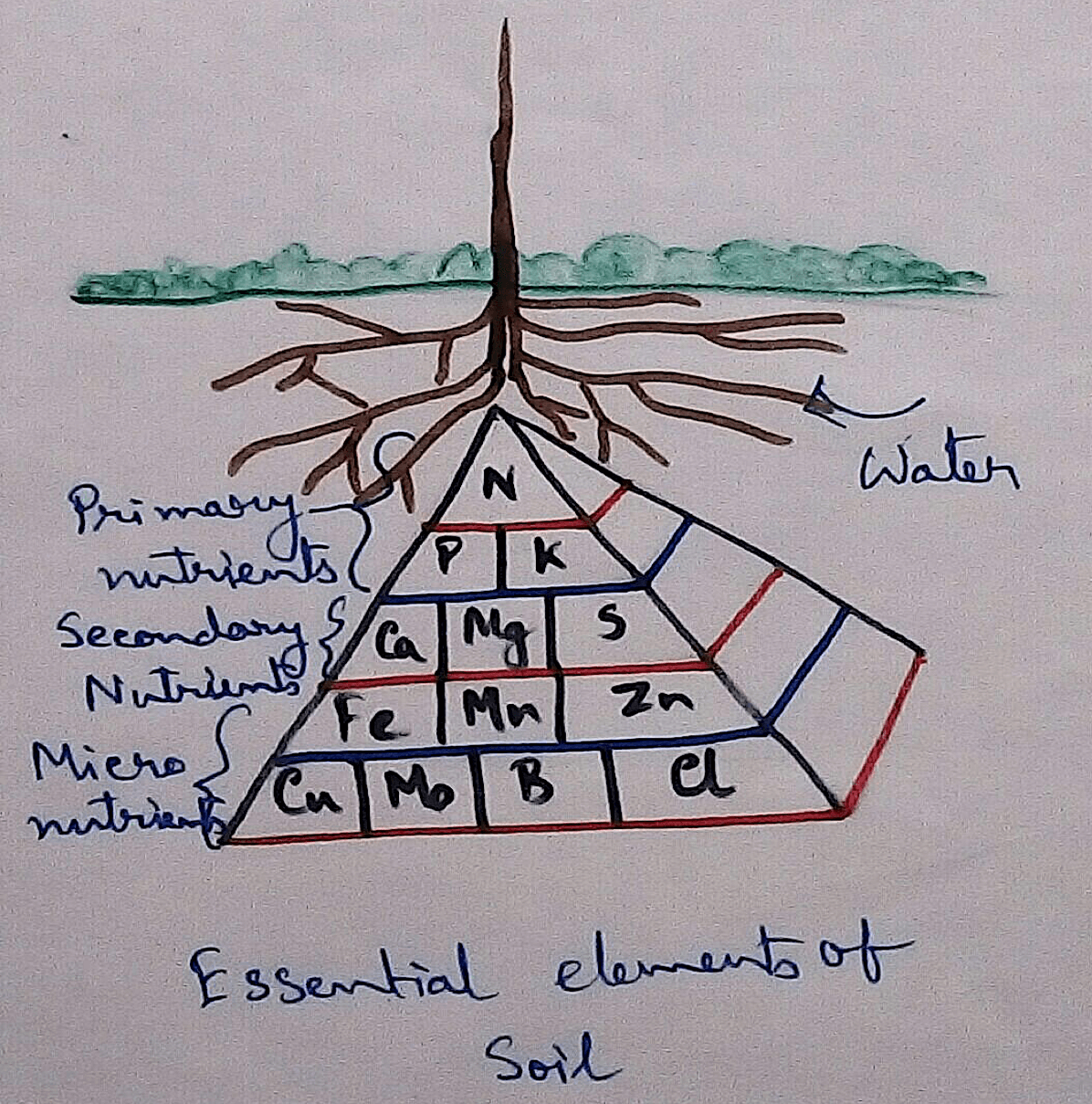
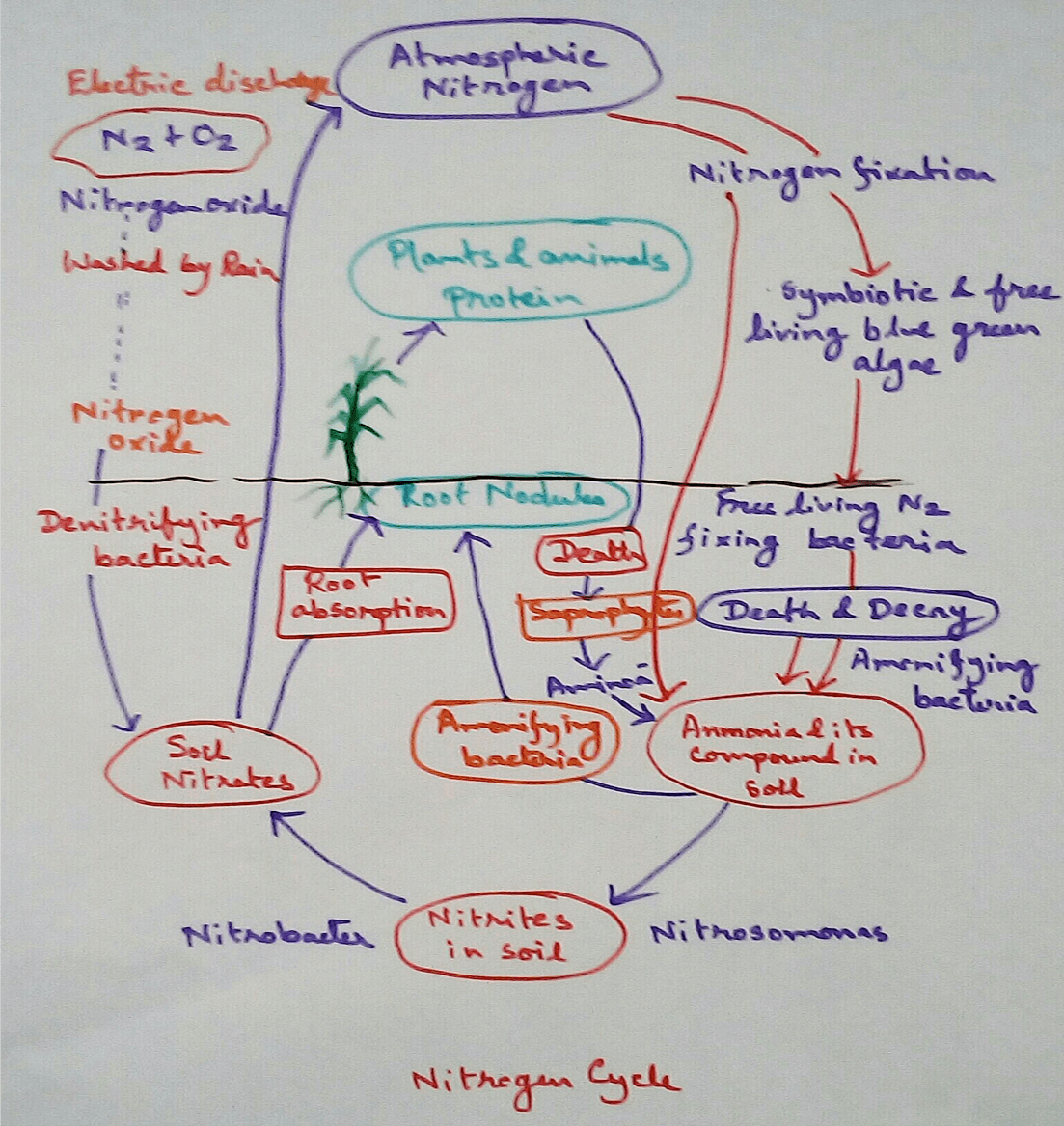





New! Comments
Have your say about what you just read! Leave me a comment in the box below.